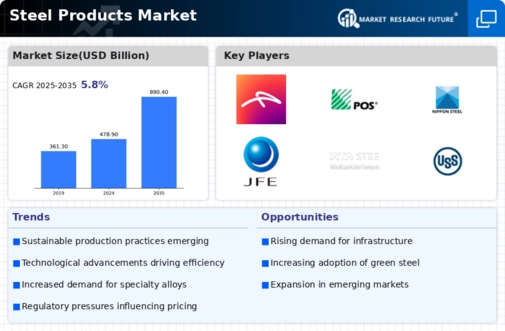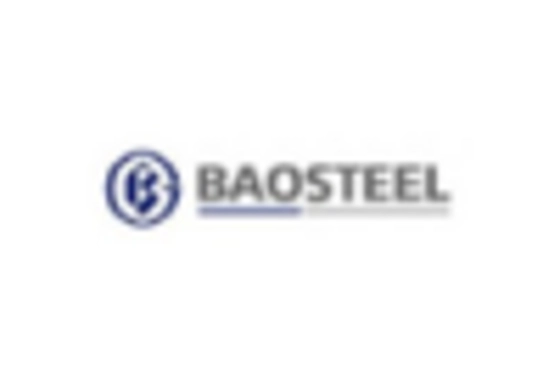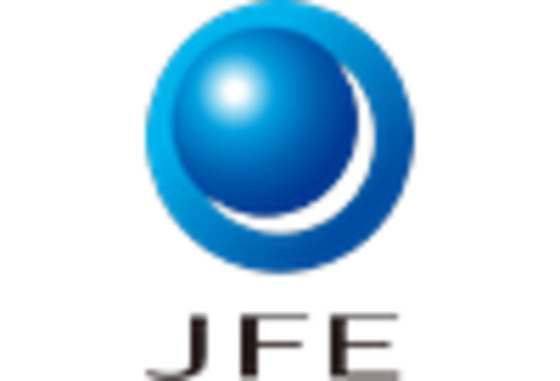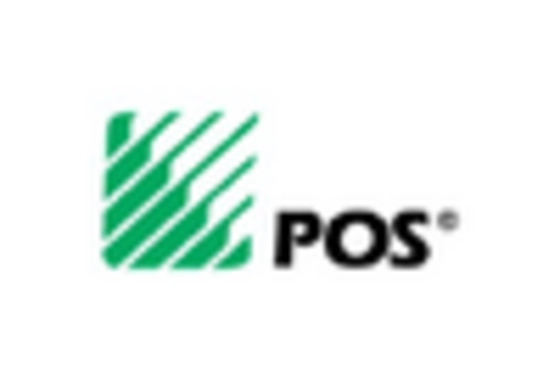Energy Sector Expansion
The expansion of the energy sector, particularly renewable energy projects, is emerging as a vital driver for the Steel Products Market. As nations transition towards sustainable energy sources, the demand for steel in wind turbines, solar panels, and other renewable infrastructure is expected to surge. In 2025, it is anticipated that the renewable energy sector will account for a significant portion of steel consumption, potentially exceeding 15%. This shift not only supports the growth of the Steel Products Market but also aligns with global efforts to combat climate change. Furthermore, the need for robust steel products in traditional energy sectors, such as oil and gas, continues to provide a stable demand base. The interplay between traditional and renewable energy projects suggests a dynamic landscape for steel products in the energy sector.
Automotive Industry Growth
The automotive sector's resurgence is significantly influencing the Steel Products Market. With the increasing production of vehicles, the demand for high-quality steel products is on the rise. In 2025, it is estimated that the automotive industry will account for around 20% of total steel consumption, driven by the need for lightweight materials that enhance fuel efficiency. Additionally, the shift towards electric vehicles is likely to create new opportunities for steel manufacturers, as these vehicles require specialized steel products for battery enclosures and structural components. This evolving landscape suggests that the Steel Products Market will continue to adapt to the automotive sector's needs, potentially leading to innovations in steel production and processing techniques.
Infrastructure Development
The ongoing expansion of infrastructure projects worldwide appears to be a primary driver for the Steel Products Market. Governments are increasingly investing in transportation networks, bridges, and urban development, which necessitates a substantial amount of steel. For instance, the construction sector is projected to consume approximately 50% of the total steel production, indicating a robust demand for steel products. This trend is likely to continue as nations prioritize infrastructure to stimulate economic growth. Furthermore, the Steel Products Market benefits from the rising need for durable materials that can withstand environmental challenges, thereby enhancing the longevity of infrastructure projects. As urbanization accelerates, the demand for steel in residential and commercial buildings is expected to rise, further solidifying the role of infrastructure development in driving the Steel Products Market.
Technological Advancements
Technological innovations in steel manufacturing processes are poised to reshape the Steel Products Market. The adoption of advanced technologies such as automation, artificial intelligence, and data analytics is enhancing production efficiency and reducing costs. For example, the implementation of smart manufacturing techniques is expected to increase productivity by up to 30% in the coming years. Moreover, these advancements facilitate the development of high-performance steel products that meet stringent industry standards. As manufacturers strive to improve quality and reduce environmental impact, the Steel Products Market is likely to witness a shift towards more sustainable production methods. This technological evolution not only boosts competitiveness but also aligns with the growing demand for eco-friendly steel solutions.
Construction Sector Resilience
The resilience of the construction sector plays a crucial role in driving the Steel Products Market. Despite fluctuations in economic conditions, the demand for steel in construction remains relatively stable, as it is a fundamental material for various applications. In 2025, the construction industry is projected to consume approximately 60% of the total steel output, underscoring its significance. Factors such as population growth, urbanization, and the need for affordable housing contribute to this sustained demand. Additionally, the trend towards sustainable building practices is likely to further enhance the Steel Products Market, as builders increasingly seek materials that offer durability and energy efficiency. This ongoing commitment to construction development suggests a promising outlook for steel products in the coming years.

















Leave a Comment